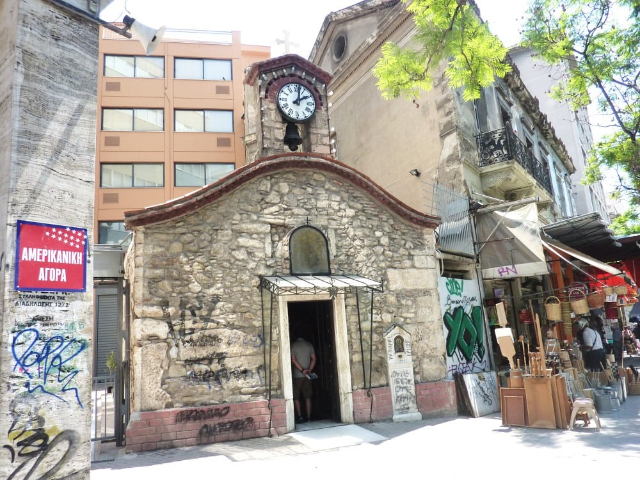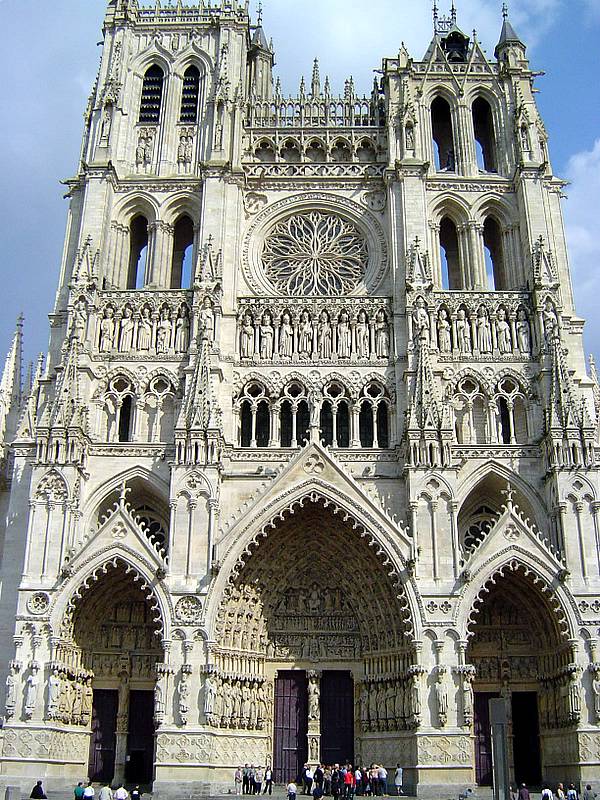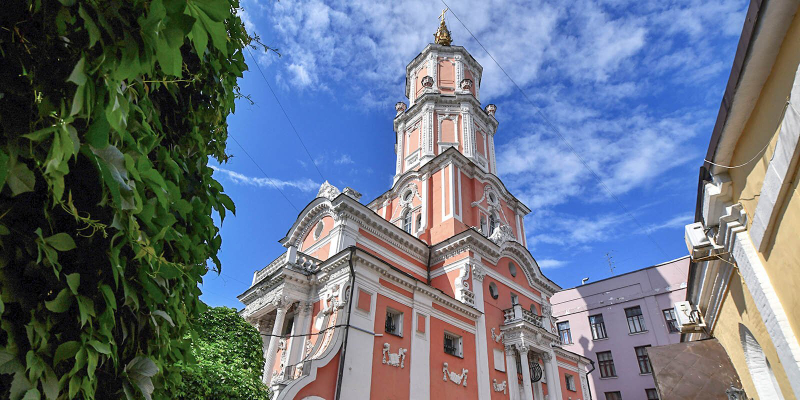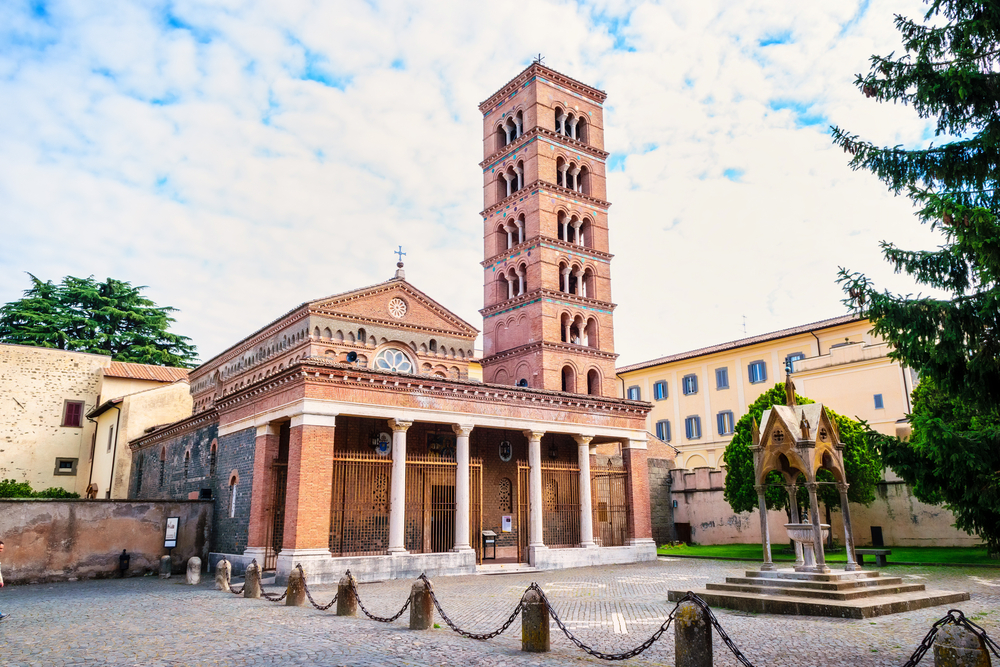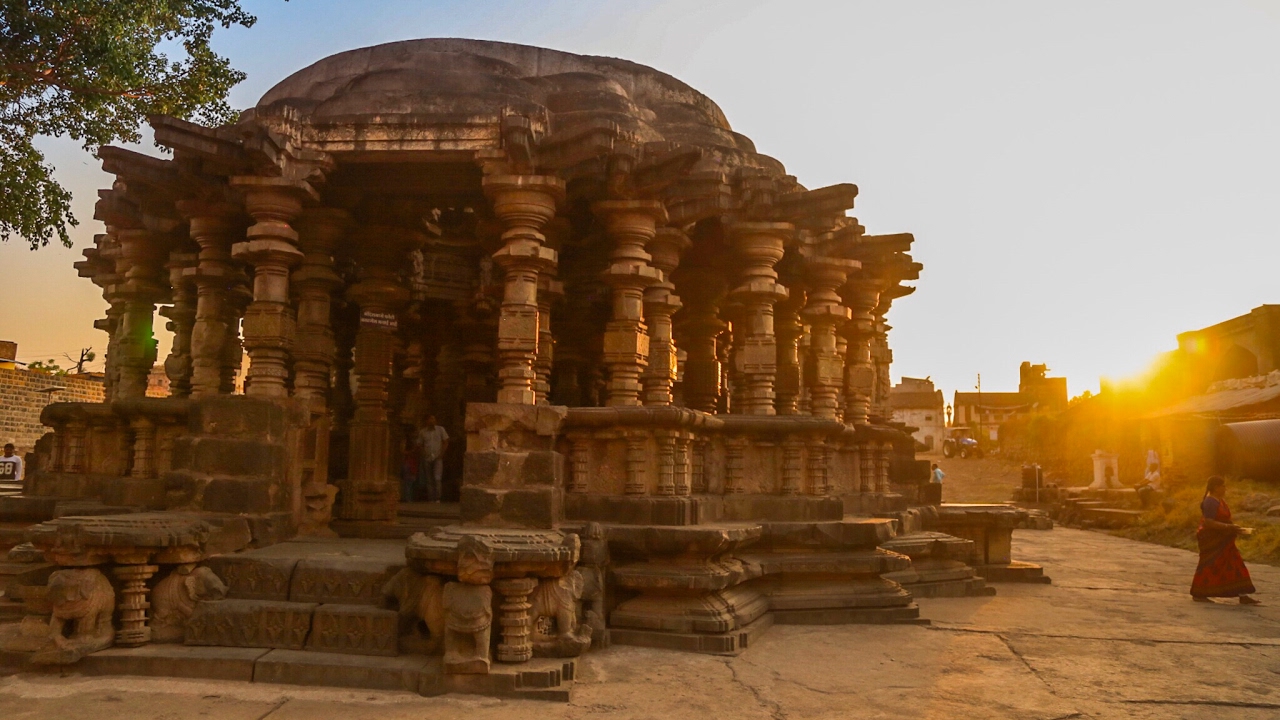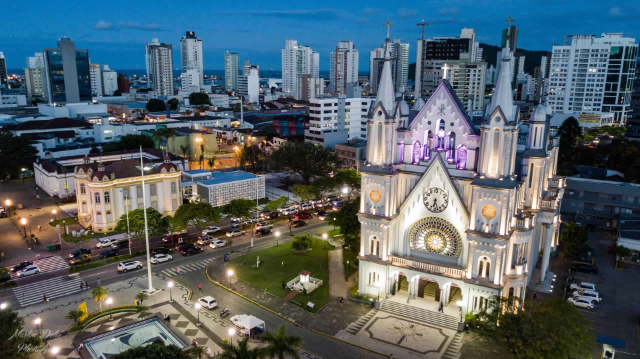Hidden on a bustling city street in Athens, Greece, the Church of Agia Kyriaki is a small yet historically rich Greek Orthodox church that dates back to the Ottoman era. This charming place of worship was constructed to honor Agia Kyriaki, a Christian saint who faced martyrdom under the rule of the Roman emperor Diocletian.
The story of Agia Kyriaki is one of devotion and sacrifice. Born to Dortheus and Eusebia, her name Kyriaki signifies “Sunday” in Greek, as she was born on this holy day. At a young age, Kyriaki dedicated herself to a life of religious devotion. When she turned 21, a Roman magistrate took an interest in her, believing her to be a suitable bride for his son. However, Kyriaki remained steadfast in her faith, informing the magistrate that she had devoted her life to Christ and could not accept his proposal. Enraged by her refusal, the magistrate denounced Kyriaki and her family to Diocletian, leading to their arrest and brutal torture. Following extensive sessions of torment, Kyriaki was ultimately beheaded. Her remains were lovingly buried by local Christians, with the exception of her skull, which was preserved at the Sacred Monastery of the Archangels.
As Greece fell under Ottoman rule in 1453, the treatment of Christians varied under different sultans. While some rulers allowed religious freedom, others imposed restrictions. In the early 1600s, the residents of Athens decided to construct a church within the city’s commercial district. Fearing potential interference from the ruling sultan, they hurriedly built a small, single-aisle basilica church dedicated to Agia Kyriaki. Despite its modest size, this church played an essential role in the community. Later during the Ottoman period, the interior walls were adorned with unique frescoes.
In the aftermath of Greece’s successful War of Independence in 1830, modernization efforts led to the demolition of numerous buildings in the area. However, the Greek Orthodox Church, determined to protect the valuable land on which the Church of Agia Kyriaki stands, successfully resisted all attempts of seizure. Today, this historical gem remains nestled on one of downtown Athens’ busiest streets.
For those planning to visit, please note that the church opens sporadically during the week, conducts services most Sundays, and celebrates an annual feast in honor of the saint on July 7.
